“What if emotions get the best of me when I’m telling my story?”
That’s one of the most frequently asked questions in our workshops—and it’s an important one to consider when sharing a personal story to advocate for your cause or organization.
How emotionally charged a personal story is—whether that emotion is anger, frustration, grief or pain—will vary, depending upon
the nature of your experience
how close you are to that experience
where you are in processing the emotions around the experience
how often you’ve shared your story publicly
A word of care and caution:
It’s important to consider all of these aspects when you first ask yourself: am I ready to share my story publicly? If you’re unsure of that answer, you may need more time to reflect and prepare. Especially if your experience is one that originates in trauma, sharing your story before you are ready may place you at risk emotionally and/or physically. Remember: you are always the author of your experience, and the decision to disclose or not is always your decision.
Emotions are the passionate wellspring that fuels your advocacy and your desire to make a difference. But managing those emotions when you speak requires a kind of balancing act. Your goal in sharing your story is not to distance yourself so far from your emotions that you deliver a “canned” presentation, nor is it to bare your soul in the name of full disclosure and being emotionally “raw.” Your goal is to strike a middle ground, a balance that allows you to draw upon your honest emotions and passions, but not be overcome.
Even when you feel you’ve “got a handle” on emotions, they can surprise you in the midst of a talk or presentation. So how do you maintain your balance when emotions bubble up? Here are five tips.
1. Pause and breathe. If you feel you may be overcome, pause and take a few deep breaths before going on. Your listeners will understand … and likely appreciate it. As they engage with your story and its emotional content, they probably could use a breather, too. Mindful breathing calms you, clears a space for you to refocus and gives the audience time to process what they’re hearing.
2. Return to your purpose. When you stop to take that breath, remind yourself what you’re doing and why you’re doing it. Recall the positive change your story and advocacy aim for. Focusing on the end goal—new legislation, safer streets, an end to stigma or disease—can help propel you past the emotional terrain to the successful outcome you and others envision. Consider writing a short reminder to yourself before you speak and having it nearby, or bringing a small object with you that you can use as a prompt.
3. Reground. Try a technique used by performers who find themselves losing concentration while on stage: make physical contact with something—the table next to you, a lectern, something in your pocket—and focus on it for just a moment. Because emotions can take us “out of the moment,” contact with an object can bring you back to the here and now. Even focusing your sight on something around you—a clock, a tree, a shoe—can help reground you. Then, breathe and continue.
4. Reposition. Changing your physical position can also help you shift focus and regroup. If you’re standing, move to another spot. If you’re sitting, try standing and using your chair to brace yourself. Motion can often channel emotion.
5. Name it. It’s sometimes necessary to let your listeners know what’s going on. Admit, “Wow … that surprised me,” or “This is still difficult sometimes.” Let them know you’re taking a moment to compose yourself so you can continue sharing your important story and message. In other words: be human. You’ll likely find it contributes to building an honest connection with your listeners.
Paying attention to the Five Qualities of the Well-Told Advocacy Story as you prepare to speak also will help you navigate emotional territory and strike the balance between raw and canned storytelling.
For more help preparing to share your story powerfully and to read how other advocates strike the balance, check out Living Proof: Telling Your Story to Make a Difference. Contact us for information on upcoming Living Proof Advocacy workshops.
















